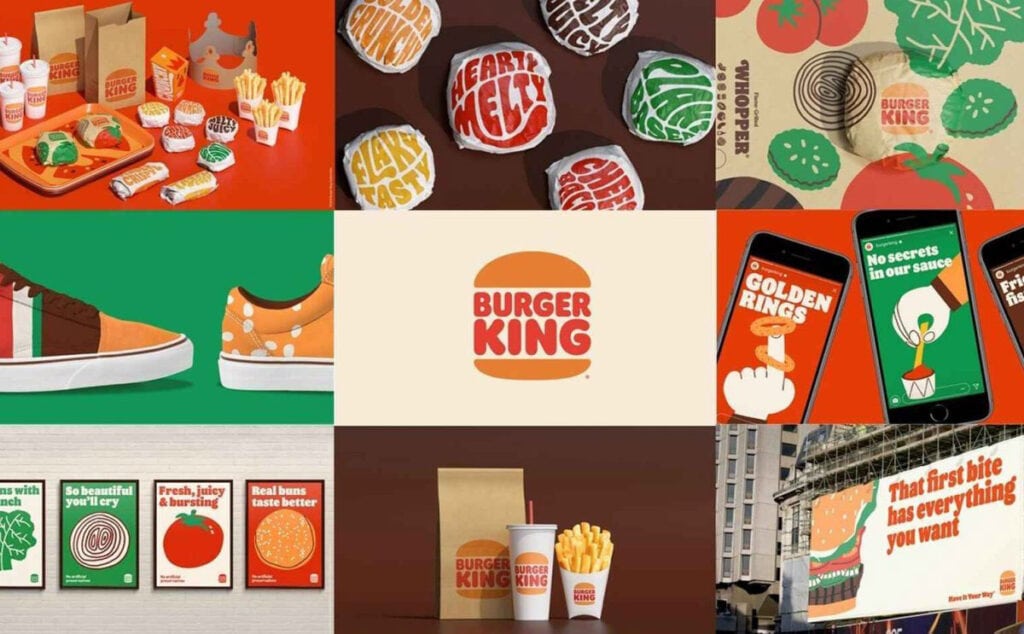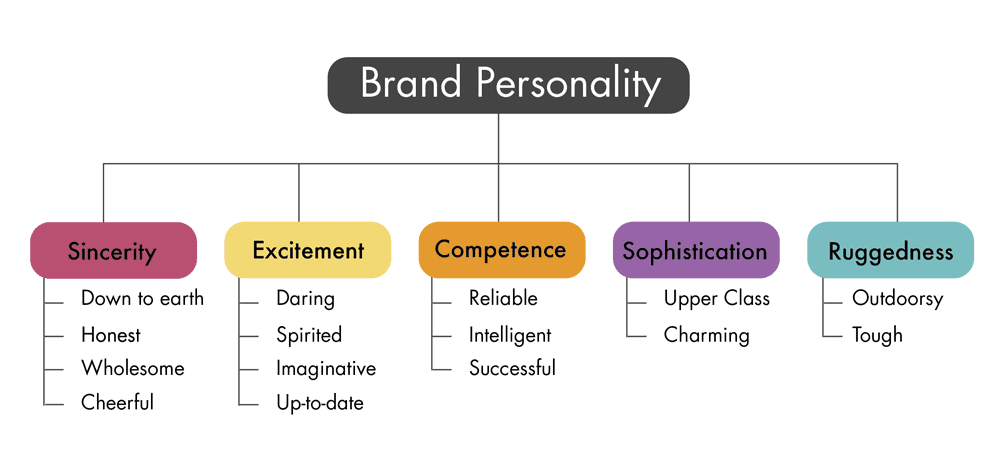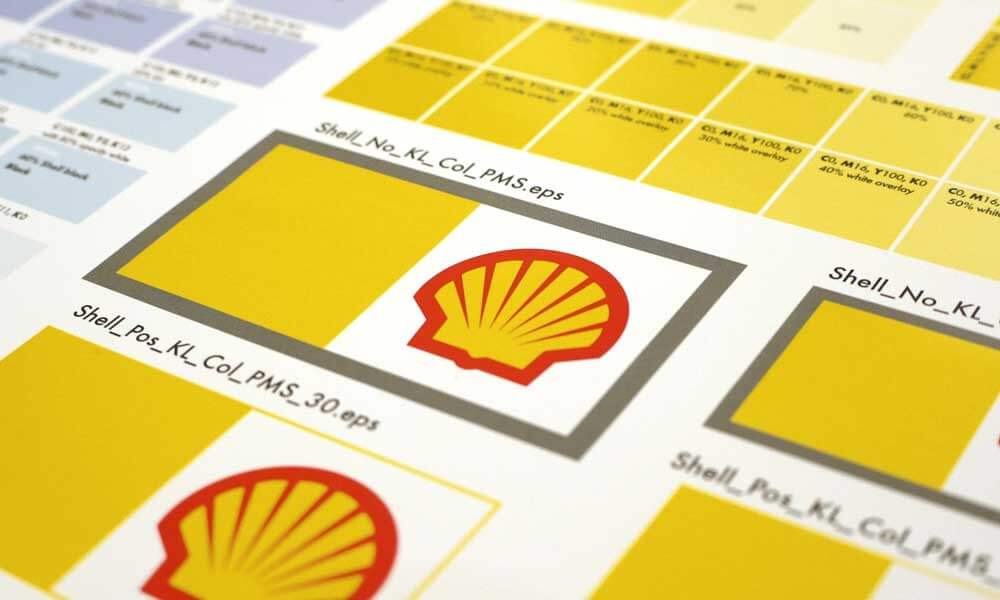
11 Jan How to Build Your Brand from the Ground Up
How to Build Your Brand from the Ground Up
Whether you’re an individual, a small business owner, or the marketing guru at a large company, learning how to build your brand is essential.
Branding is one of the primary ways that you communicate with your customers. It helps them recognise your products or services and make them an enduring part of life.
You might think of branding as similar to choosing the right colours for your resume – as a means of expressing yourself and getting noticed. And you would be correct.
Branding, however, goes much deeper than that—branding bonds customers to your company.
It keeps them coming back. It creates a culture. It motivates them to pay you to advertise for you by purchasing branded products.
Let’s talk about why branding is essential. Then, we’ll look at a few simple steps to help you learn how to build your brand effectively.
Why Branding Is Important

When I was in college, I took a class called Sociology of Popular Culture. On the first day of class, the teacher placed a muddled image on the screen before us.
It was a conglomeration of white silhouettes on a pink background. Then she said, “How many logos do you recognise?”
The McDonalds arches, the Nike swoosh, the Apple computer logo, the Playboy bunny, and a dozen others were all there. They were all easily recognised even though their outlines merged and flowed into one another.
That is the power of branding.
Branding accomplishes two main objectives. It causes consumers to recognise your product, location, or advertising media on sight. That, in turn, keeps what you offer front of mind.
When people think about your brand, they are more likely to spend their money on it. The more often they see it, the more they want it – the more they will think of your company when they need the type of product or service you offer.
Second, branding creates (and sells) a culture, lifestyle, and community. Fans wearing Star Wars t-shirts recognise fellow fans in public places.
The same goes for clothing featuring a band, a cartoon character, or a name-brand logo. Wearers may not acknowledge one another – they probably don’t – but they recognise something they already have in common with a stranger.
Some product brands also allow consumers to buy their way into their desired lifestyle.
Nike sneaker enthusiasts enjoy an urban athletic aesthetic. Apple aficionados are often dedicated to their products and draw a figurative line in the sand between themselves and PC or Android users.
Gucci, Coach, Prada, and countless other brands allow customers to buy a piece of the luxury lifestyle.
These strong emotions aren’t just the results of using a product or wearing a piece of clothing. The customer purchases them. It’s all due to branding – selling an idea or a feeling along with the purchase.
Branding a growing business can equate to a full-time job, and for that reason, it is too often neglected.
If you have the funds, you can hire a branding agency to do the legwork for you. If not – or if you are up for a real challenge – you can build your brand from the ground up.
Understand the Personality of Your Business

To properly brand your business, you must understand its personality.
What are the demographics of your existing clientele? What type of lifestyle do they want? Does it match the ideals you are offering? Could you expand into other markets by tweaking your branding?
The following are a few common business personalities. Which ones do your customers identify with?
- Hipster
- Conservative
- Eco-friendly
- Humanitarian
- Exotic
- Cosy
- Urban
- Rustic
- Adventurous
- Outdoorsy
- Rugged
To learn more about your brand’s personality, you can engage in a bit of public anthropology.
An easy way to do this is by monitoring customer behaviour online. Check out the comments sections of social media posts and company blogs.
What positive things do customers (or others) have to say? What complaints or negative comments are made? Do they express a wish for a product tweak or a service related to your niche that you don’t currently offer? Even something as simple as “I wish this came in pink” can give you insight.
Direct observation is another way of studying your public. One sneaker manufacturer sends researchers to branded stores across the country to talk to customers.
The researchers may bring in a new shoe prototype and get comments on it. When customers see the product, touch it, and interact with it, you can feel for future results.
The mission and vision of your company are also critical. Do you support specific causes, like averting climate change or donating items to people in need? Do you empathise with particular challenges, like living a vegan or gluten-free lifestyle?
Whatever your mission, make sure that nothing in your branding media contradicts it. Doing so will isolate members of your customer base.
Choose Your Aesthetic
If your business has been around for a while, it may already have a well-developed aesthetic. Or, it may have several competing aesthetics. If this is the case, you should choose one and eliminate the others.
If your business is in its early stages, you are in an excellent position to build a consistent aesthetic and stick with it.
To choose your aesthetic, think about the personality of your business. What look fits that personality? Consider some examples.
- A company that sells camping gear or granola bars might promote itself to an audience that matches its rugged, adventurous, outdoorsy personality. Marketing might choose a colour scheme featuring hunter green and brown and use imagery of mountain peaks and woodgrain textures.
- Perfume company #1 might select advertising dark and sensual imagery of models emerging out of water in shades of blue and grey. Perfume company #2, on the other hand, might lean toward softer, brighter images of cherry blossoms in shades of white and soft pink.
The aesthetic you choose should be evident across your brand. We’ll talk more about the need for consistency in the next section.
Keep It Consistent

Consistency is key. Why so? Think about the following example.
The Phantom of the Opera debuted on Broadway in 1988 and became the longest-running Broadway production in history. What imagery comes to mind when you think of The Phantom of the Opera? You picture a white mask and a red rose on a black background.
Now, imagine your local theatre advertised the production of Phantom, but their posters showed a man in a bright red business suit in front of a yellow and orange background instead.
What would you think? You might conclude that they will perform another story with the same name.
When branding lacks consistency, that is precisely what happens. Rather than having the confidence to buy a product or service, consumers question whether they’re getting the real deal.
So, how can you ensure branding consistency for your business? Examine each of the following elements in turn:
- Your company’s official website
- Profile pictures and page banners on social media sites
- Individual posts on social media sites
- Store location interiors and exteriors
- Product packaging
- Print and digital ads
- Advertising postcards, flyers, banners, billboards, posters, etc.
Granted, you don’t have to use the same colours and graphics for every item and ad. But something must remain consistently recognisable.
Maybe it’s the font you use. Maybe your snack cracker boxes have looked the same for the past 50 years, and you include a picture of them in every ad.
The details will vary from business to business, but make sure that the crucial elements to your company are there every step of the way.
Before moving on, let’s talk a bit more about social media branding. From Instagram to Facebook ads, social media marketing is hot. People spend much time on social media, taking in visuals.
There are simple ways to optimise your branded posts, especially if you are a small business. We’ll consider three.
Use the Same Filter
Instagram and other social media sites allow you to quickly and easily apply “filters” to your photos. Like filters used by photographers, these adjustments tweak the colour and mood of your photos or graphics.
Some brands consistently apply the same filter to every photo. They may also put effort into composing their photos in similar ways.
The result? Viewers are not startled by an unexpected image, and they can recognise the brand’s work anywhere.
Apply a Text Overlay
You can use text overlays on any social media platform. Still, they are instrumental when “pinning” items to Pinterest, where most viewers first see only the image thumbnail with no explanatory context.
Someone might not click on just a photo or a plant or a sweater. But a text overlay of “How to Care for Monstera Alba” or “One Sweater, Three Ways to Wear” might be the motivation they need. You can use resources like Canva to do this quickly and easily.
Utilise Creative Techniques
New ways of leveraging free social media posts or paid ads are in a constant state of flux. Consider two of our favourite attention-getting creative techniques.
You’ve likely noticed that Instagram photos appear in a grid on the brand’s homepage. But with a bit of creativity, you’re not limited to thumbnail-sized images here.
Use photo editing software to divide an image into two, six, nine, or twelve square segments. Post the images in turn, starting from the bottom right—work right to left, bottom to top.
The result is a large composite image in the grid. (Don’t worry if you mess up – you can delete the posts and start again.)
Another popular technique is applying moving graphic elements to a photo—tools like Canva mentioned above, ofter pre-designed templates.
Text, squiggles, starbursts, and other elements moving across your picture grab the eye and give off a fun vibe.
Enable Customers to Embrace It
We’ve already talked about how branding creates a sense of community or culture. When customers embrace that culture, the imagery and products become more than pixels on a screen or an object in hand.
People use the brands to express who they are – the communities they identify with, the things they like to do, even their hopes and dreams.
When customers embrace your brand, it’s up to you to allow them to own it. You can do this in several ways.
First, get consumers involved. Respond to their social media posts featuring your brand. Run polls to get their opinions. Design contests or sweepstakes.
Some companies have gotten creative with this. In 2021, for example, Dairy Queen allowed a limited number of fans to claim a free “sweeter vest,” a sweater with pockets for Dairy Queen’s signature ice cream treat and a spoon. Social media madness insured.
Also, in 2021, Taco Bell partnered with TerraCycle to allow consumers to recycle used hot sauce packets. This initiative reaches out especially to the eco-conscious demographic, and it rallies customers to a common cause.
You can also let consumers own your brand by making it part of their daily life. Do you offer branded t-shirts, travel mugs, stickers, or other swag? Brand devotees will probably pay good money for the chance to be a walking advertisement.
You can also sponsor giveaways of exclusive branded items to promote the brand, generate excitement, engage consumers in brand-centred activities.
In Conclusion on How to Build your Brand
Branding is a means through which customers recognise and bond with the products or services you offer. Proper branding increases customer loyalty which, in turn, betters your bottom line.
Branding starts with an understanding of the flavour or personality of your business. From there, you must choose a look to match.
Keep that aesthetic consistent across everything you do. Pay special attention to how your brand appears across social media. Then, offer clients the means to absorb the brand and make it their own.
Are there any topics we have missed on how to build your brand effectively? Leave a comment below.
The post How to Build Your Brand from the Ground Up is by Stuart and appeared first on Inkbot Design.



